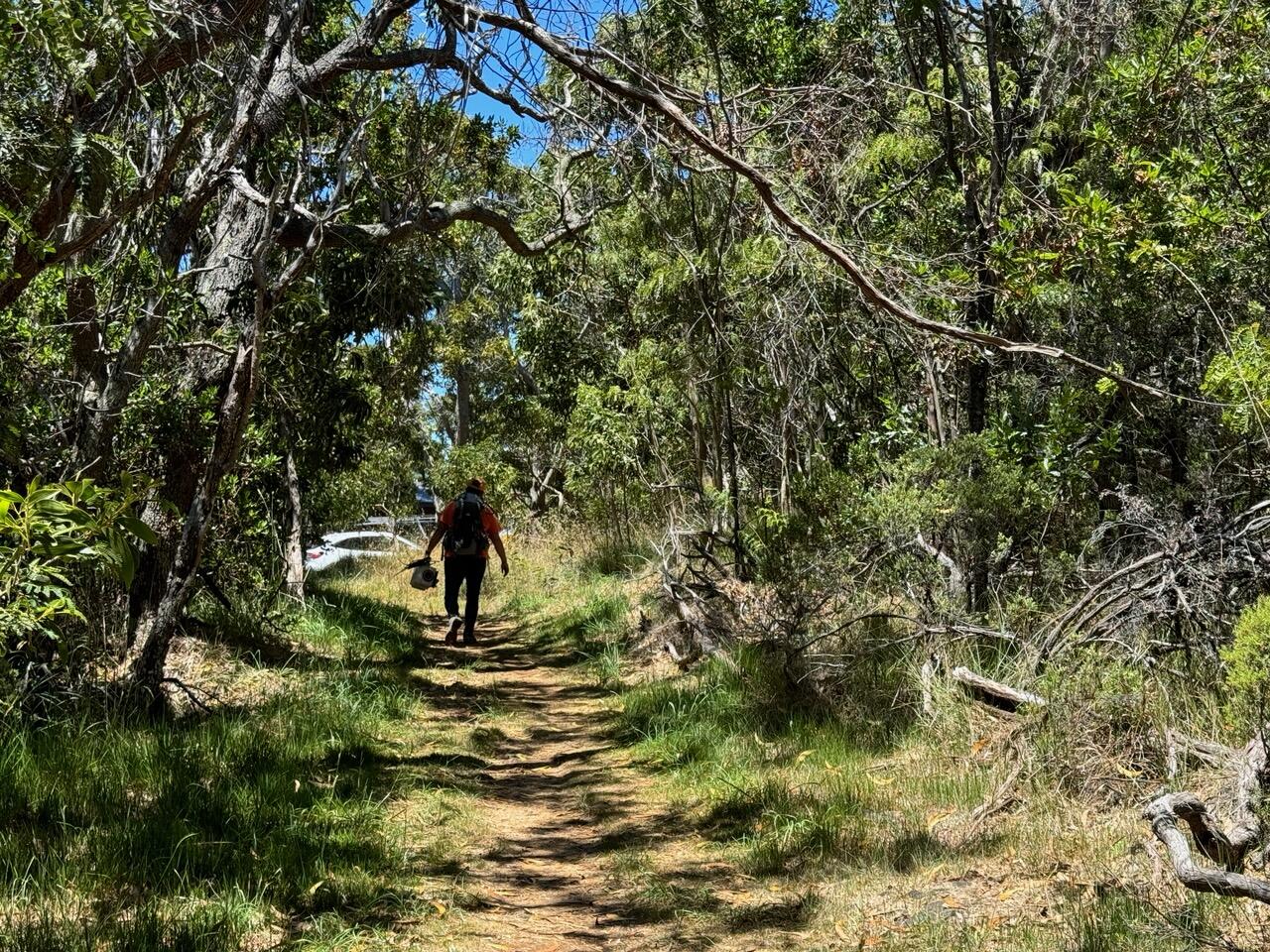Photo and Video Chronology — Webcam upgrade for Kīlauea summit and Southwest Rift Zone
The KPcam, a webcam on the flank of Mauna Loa that looks south towards Kīlauea summit and the Southwest Rift Zone, was upgraded on June 25 by HVO staff.
During the most recent Kīlauea eruption on June 3, the KPcam captured the glow as lava began erupting on the surface of the Southwest Rift Zone. The new webcam will provide a higher quality image and slightly wider field of view. View the KPcam images and 24-hour animated GIF here: [KPcam] - Kīlauea Summit from Mauna Loa Strip Road | U.S. Geological Survey (usgs.gov).
Get Our News
These items are in the RSS feed format (Really Simple Syndication) based on categories such as topics, locations, and more. You can install and RSS reader browser extension, software, or use a third-party service to receive immediate news updates depending on the feed that you have added. If you click the feed links below, they may look strange because they are simply XML code. An RSS reader can easily read this code and push out a notification to you when something new is posted to our site.









